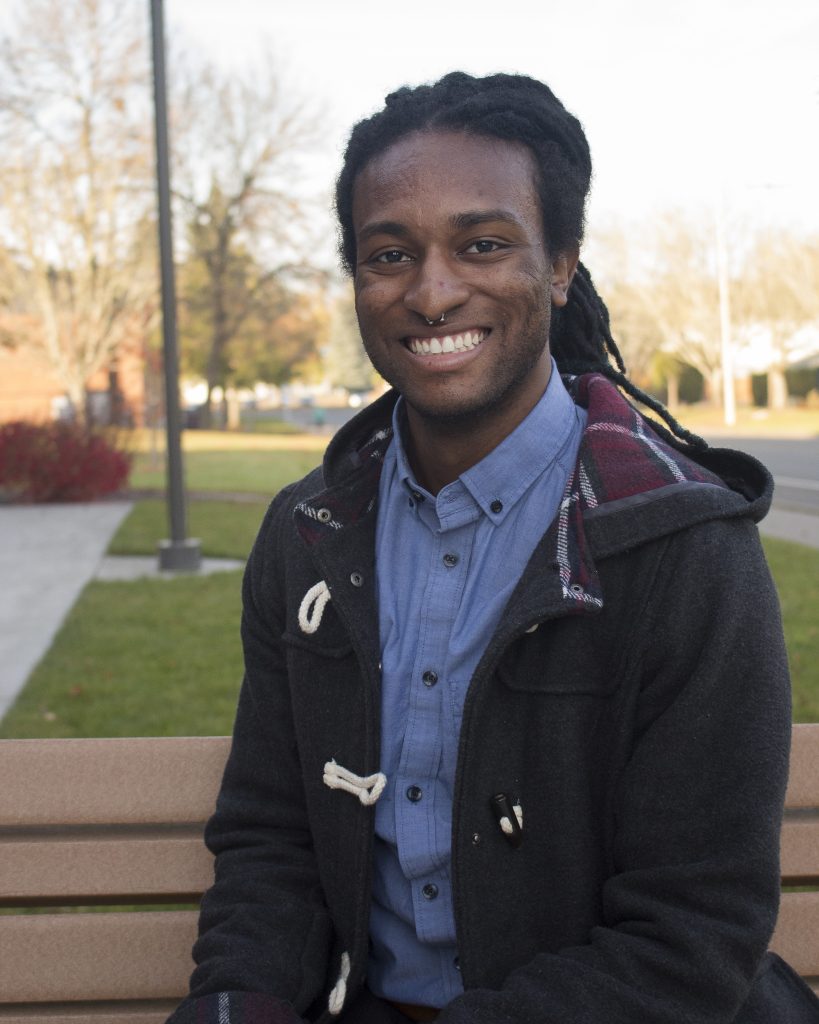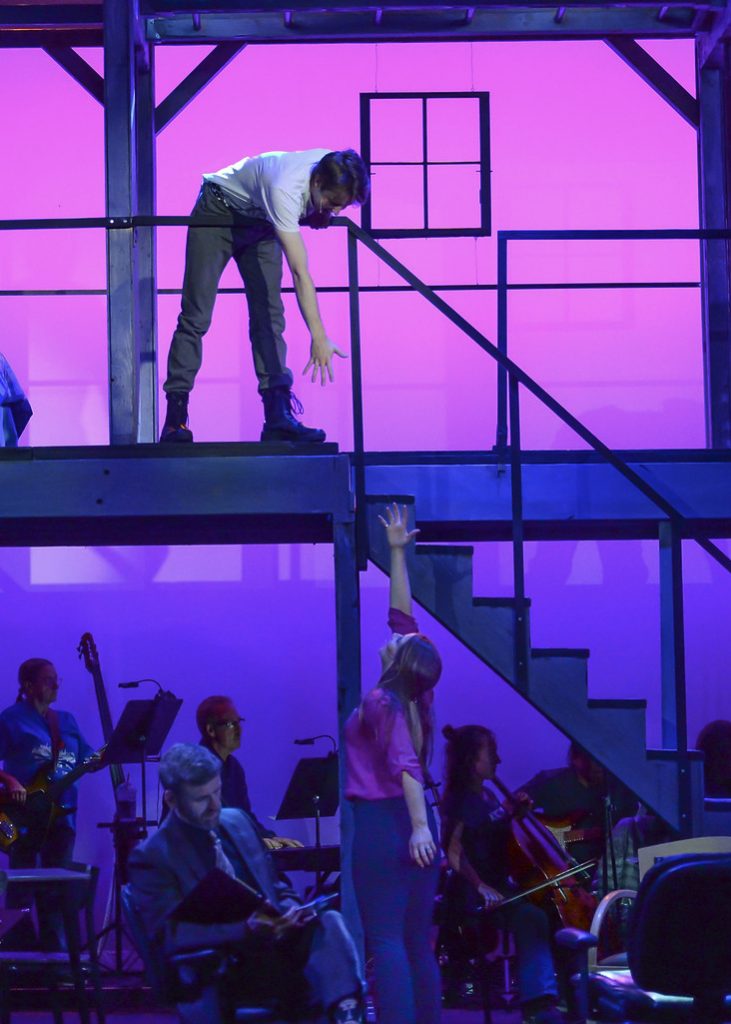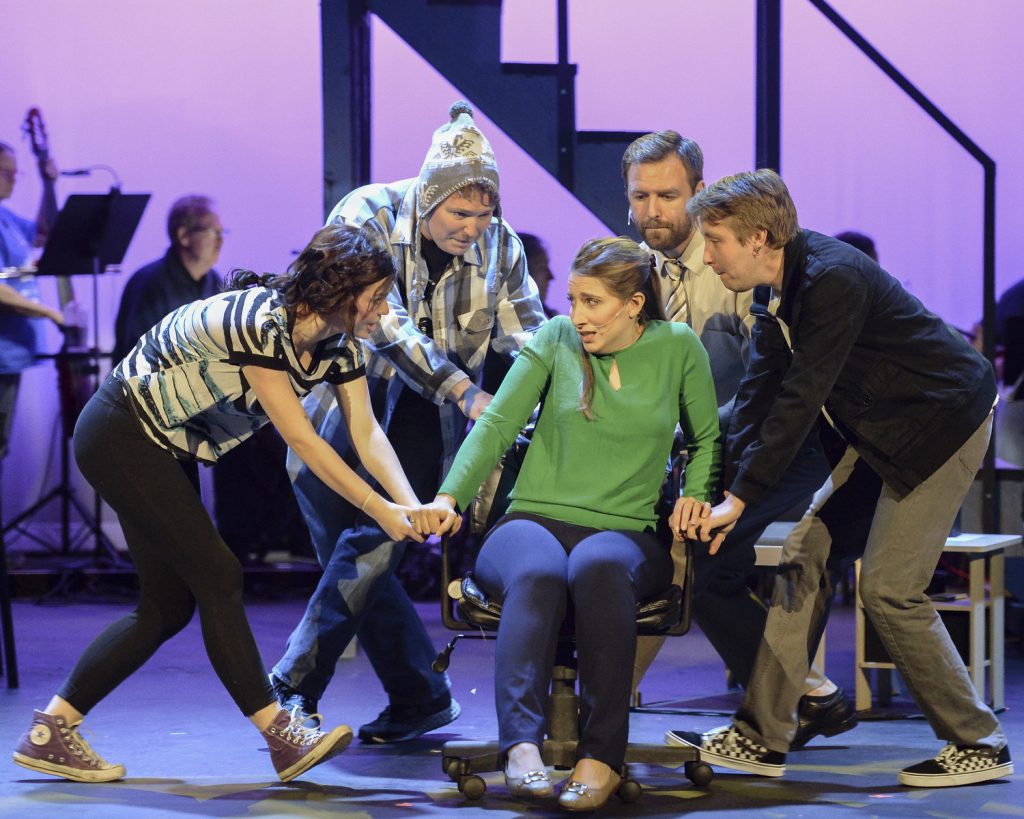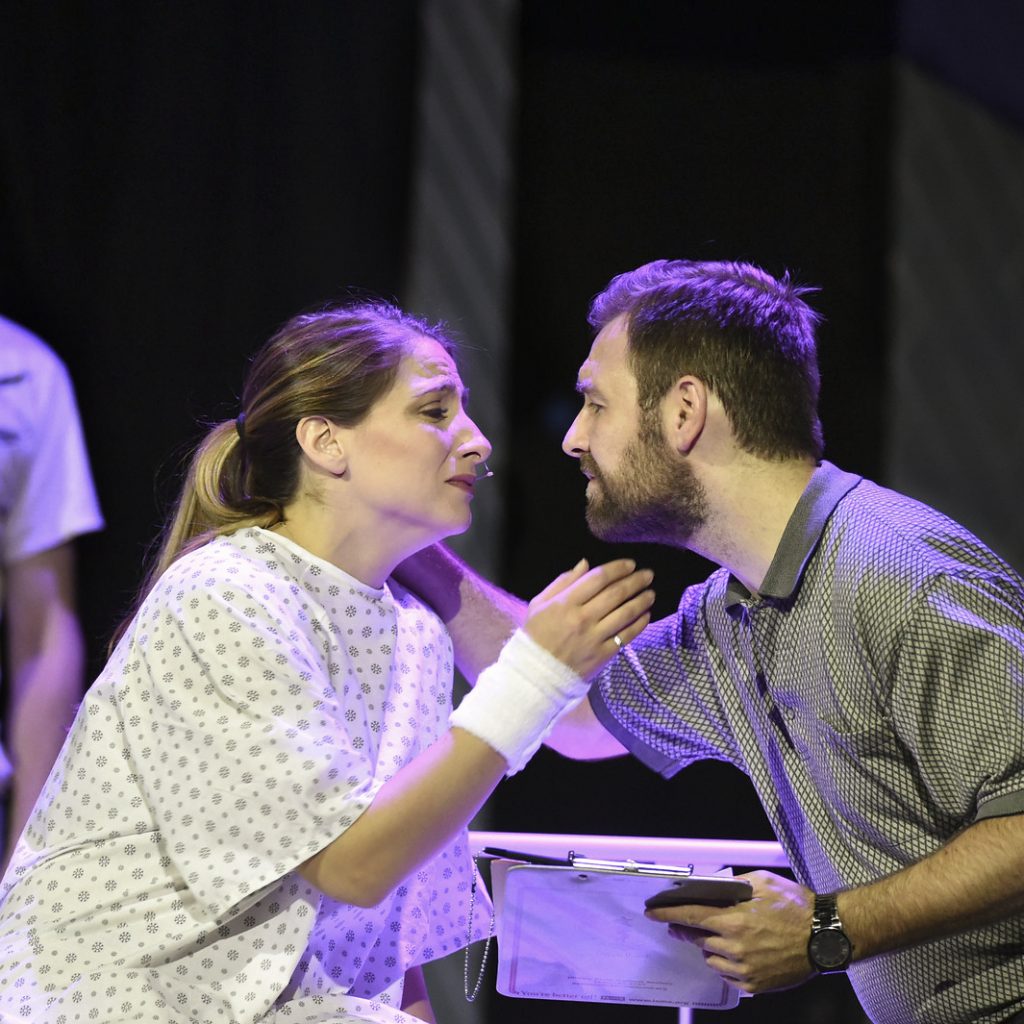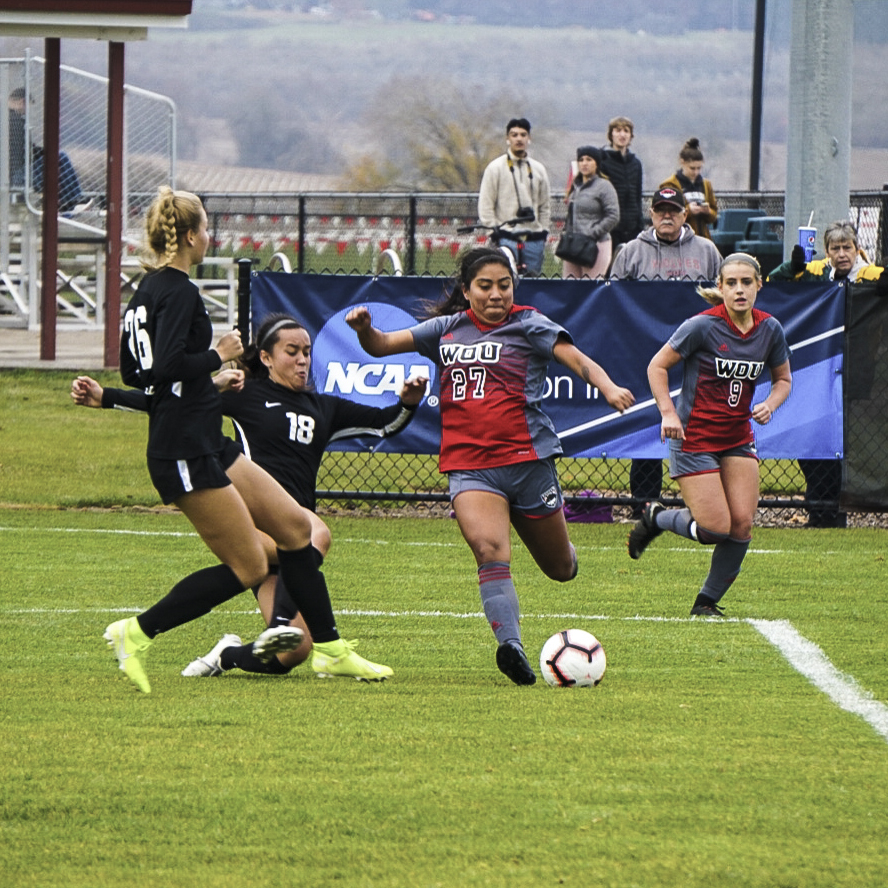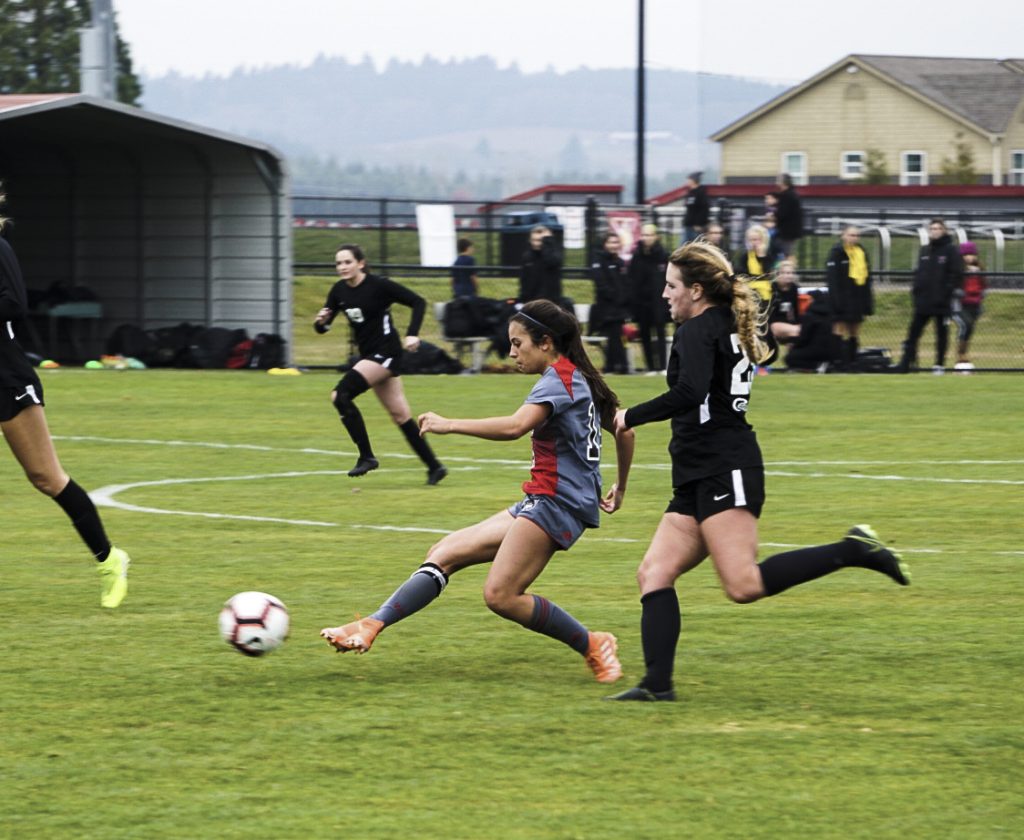Rylie Horrall | Lifestyle Editor
As a child, you may have made Thanksgiving decorations in school, such as the classic hand turkey. Here’s some of those decorations that you can still use now.

Hand Turkeys
Hang a blast-from-the-past decoration that can be made into a chain. Start by tracing your hand onto a piece of paper and then cutting it out. Color the fingers to create feathers. Alternatively, trace your fingers on various colored paper, then cut and glue onto the fingers of the hand outline. Draw a face onto the thumb to make the head of the turkey.
To make the hanging chain, repeat the process as many times as desired. Take the finished hand turkeys and glue the head of the turkey onto another turkey just below the tip of the pinky. Hang where desired when finished.
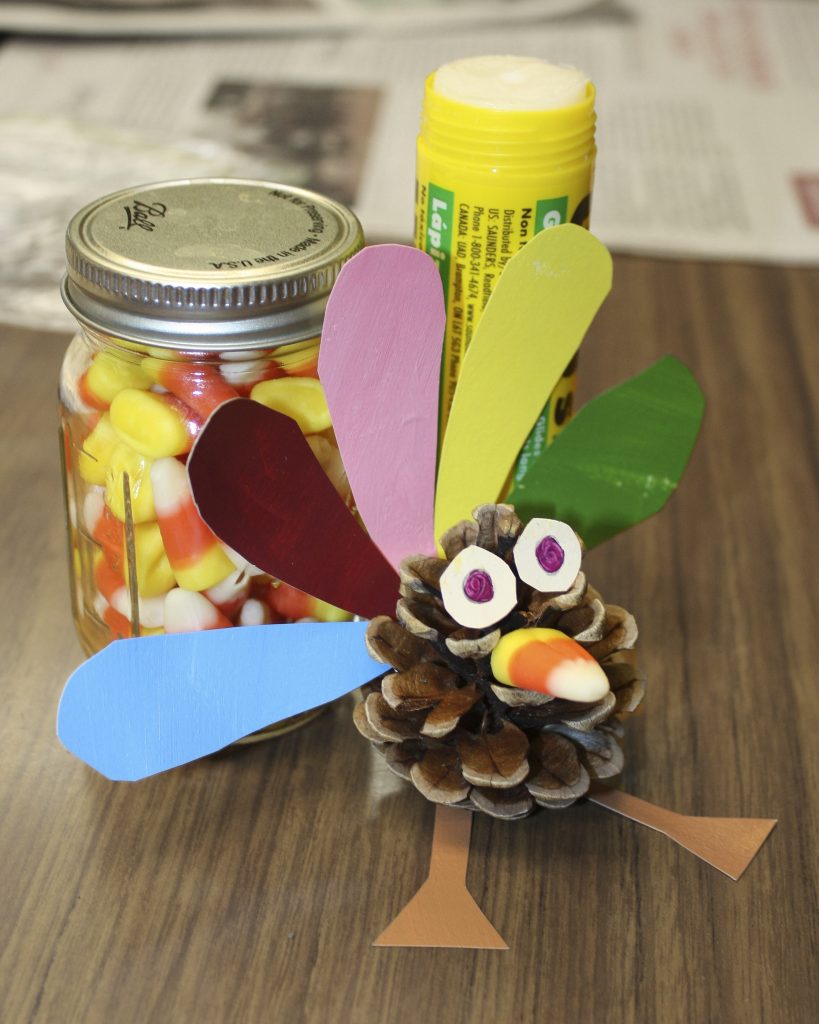
Pinecone Turkey Centerpieces
Decorate your dining table with an easy-to-make centerpiece. Take a pinecone — which can be bought in bulk or potentially found outside for free — and glue googly eyes onto the front of it. Alternatively, eyes can be drawn on paper, cut out and glued on. Take some colorful paper and cut out oblong oval shapes to create feathers. Glue the makeshift feathers onto the pinecone near the back. Repeat this step to layer the feathers. Lastly, cut a small triangle out of orange paper and glue it on to make a beak.
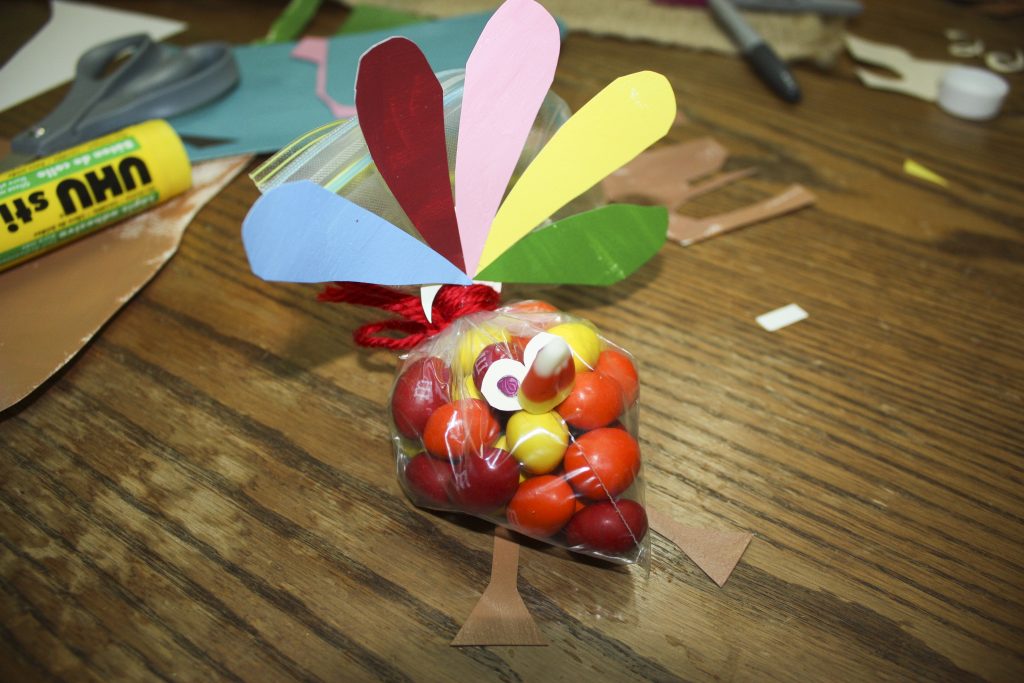
Turkey Treat Bags
Organize your snacks and create a cute decoration in the process. Take a small plastic bag and fill it with Reese’s Pieces (or a different candy of your choice). Tie off the end with a string or hair tie. The end of the bag can be fluffed up to make a tail, or you can add to it by cutting feathers out of paper. Take an orange pipe cleaner and twist it to make a beak, leaving extra standing up in order to glue googly eyes on. Alternatively, you can use candy corn for beak and paper for the eyes. Take yellow pipe cleaners and twist them to create feet, or use paper glued to the bottom of the bag.
Contact the author at rhorrall17@wou.edu
Photo by Rylie Horrall (hand turkey)
Photo by Cora McClain (pinecone)
Photo by Trinity Phan-Low (treat bag)




